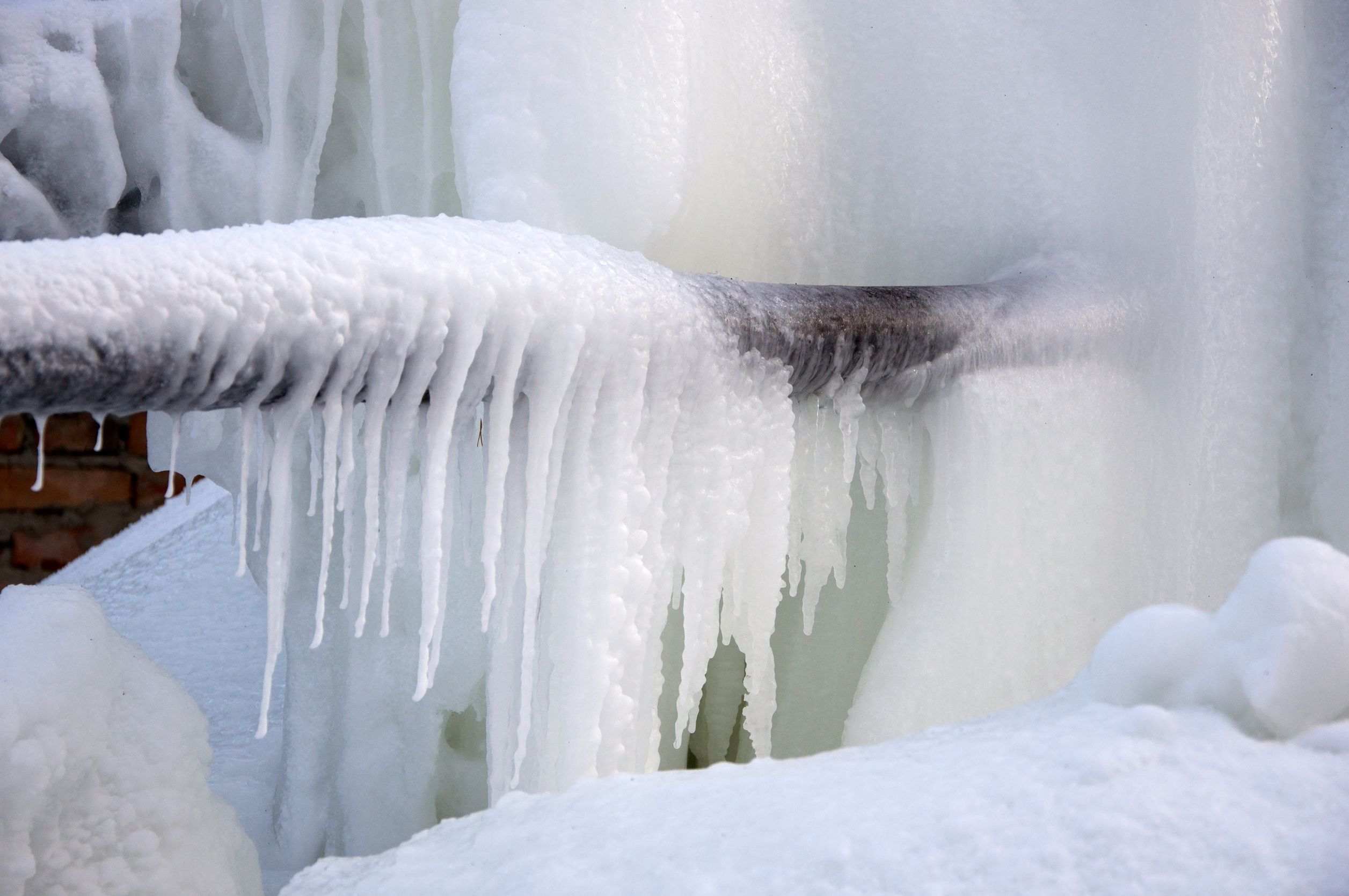The content underneath relating to Prevent Frozen Pipes is totally intriguing. Give it a try and draw your own personal ideas.

Cold weather can wreak havoc on your plumbing, particularly by freezing pipelines. Below's how to stop it from happening and what to do if it does.
Intro
As temperatures decline, the danger of frozen pipelines boosts, potentially bring about pricey repair work and water damages. Comprehending just how to avoid icy pipes is crucial for property owners in cold environments.
Prevention Tips
Insulating susceptible pipelines
Cover pipelines in insulation sleeves or make use of warm tape to safeguard them from freezing temperature levels. Focus on pipelines in unheated or outside areas of the home.
Heating techniques
Keep indoor areas adequately heated, especially locations with pipes. Open up cupboard doors to enable cozy air to circulate around pipes under sinks.
How to recognize frozen pipelines
Try to find decreased water flow from faucets, uncommon smells or sounds from pipes, and visible frost on subjected pipes.
Long-Term Solutions
Architectural adjustments
Think about rerouting pipes away from exterior wall surfaces or unheated areas. Include extra insulation to attics, cellars, and crawl spaces.
Upgrading insulation
Buy premium insulation for pipes, attic rooms, and walls. Correct insulation aids maintain constant temperature levels and lowers the risk of frozen pipelines.
Securing Outside Pipes
Garden tubes and outdoor faucets
Detach and drain pipes garden pipes prior to winter. Install frost-proof spigots or cover outdoor taps with protected caps.
Comprehending Frozen Pipelines
What triggers pipes to freeze?
Pipes freeze when revealed to temperatures listed below 32 ° F (0 ° C) for expanded durations. As water inside the pipes ices up, it increases, taxing the pipe wall surfaces and potentially creating them to burst.
Threats and problems
Frozen pipelines can cause water supply disruptions, residential or commercial property damages, and costly fixings. Ruptured pipelines can flooding homes and cause comprehensive structural damage.
Indications of Frozen Water Lines
Recognizing icy pipes early can prevent them from bursting.
What to Do If Your Pipes Freeze
Immediate actions to take
If you think frozen pipes, keep faucets available to ease pressure as the ice thaws. Use a hairdryer or towels soaked in warm water to thaw pipelines gradually.
Final thought
Protecting against frozen pipes needs proactive steps and fast responses. By understanding the causes, indicators, and preventive measures, property owners can shield their pipes during cold weather.
5 Ways to Prevent Frozen Pipes
Drain Outdoor Faucets and Disconnect Hoses
First, close the shut-off valve that controls the flow of water in the pipe to your outdoor faucet. Then, head outside to disconnect and drain your hose and open the outdoor faucet to allow the water to completely drain out of the line. Turn off the faucet when done. Finally, head back to the shut-off valve and drain the remaining water inside the pipe into a bucket or container. Additionally, if you have a home irrigation system, you should consider hiring an expert to clear the system of water each year.
Insulate Pipes
One of the best and most cost-effective methods for preventing frozen water pipes is to wrap your pipes with insulation. This is especially important for areas in your home that aren’t exposed to heat, such as an attic. We suggest using foam sleeves, which can typically be found at your local hardware store.
Keep Heat Running at 65
Your pipes are located inside your walls, and the temperature there is much colder than the rest of the house. To prevent your pipes from freezing, The Insurance Information Institute suggests that you keep your home heated to at least 65 degrees, even when traveling. You may want to invest in smart devices that can keep an eye on the temperature in your home while you’re away.
Leave Water Dripping
Moving water — even a small trickle — can prevent ice from forming inside your pipes. When freezing temps are imminent, start a drip of water from all faucets that serve exposed pipes. Leaving a few faucets running will also help relieve pressure inside the pipes and help prevent a rupture if the water inside freezes.
Open Cupboard Doors
Warm your kitchen and bathroom pipes by opening cupboards and vanities. You should also leave your interior doors ajar to help warm air circulate evenly throughout your home.

As a fervent reader about Helpful Tips to Prevent Frozen Pipes this Winter, I was thinking sharing that segment was sensible. Sharing is good. You never know, you will be helping someone out. I love your readership.
Call Today